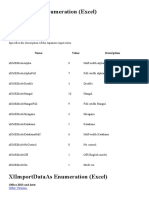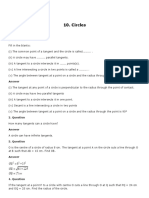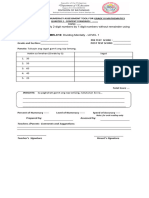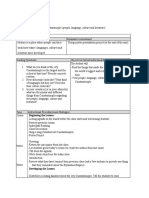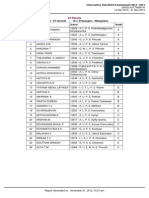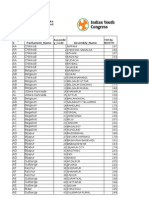0% found this document useful (0 votes)
19 views3 pagesCreating LLM
This document outlines the comprehensive process of creating a Large Language Model (LLM) from scratch, covering data collection, preprocessing, model architecture, training, fine-tuning, evaluation, and deployment. Key steps include gathering diverse text data, utilizing transformer models, and optimizing for specific applications. The document emphasizes the importance of careful planning and resource allocation throughout the development process.
Uploaded by
praneshCopyright
© © All Rights Reserved
We take content rights seriously. If you suspect this is your content, claim it here.
Available Formats
Download as PDF, TXT or read online on Scribd
0% found this document useful (0 votes)
19 views3 pagesCreating LLM
This document outlines the comprehensive process of creating a Large Language Model (LLM) from scratch, covering data collection, preprocessing, model architecture, training, fine-tuning, evaluation, and deployment. Key steps include gathering diverse text data, utilizing transformer models, and optimizing for specific applications. The document emphasizes the importance of careful planning and resource allocation throughout the development process.
Uploaded by
praneshCopyright
© © All Rights Reserved
We take content rights seriously. If you suspect this is your content, claim it here.
Available Formats
Download as PDF, TXT or read online on Scribd
/ 3




























































